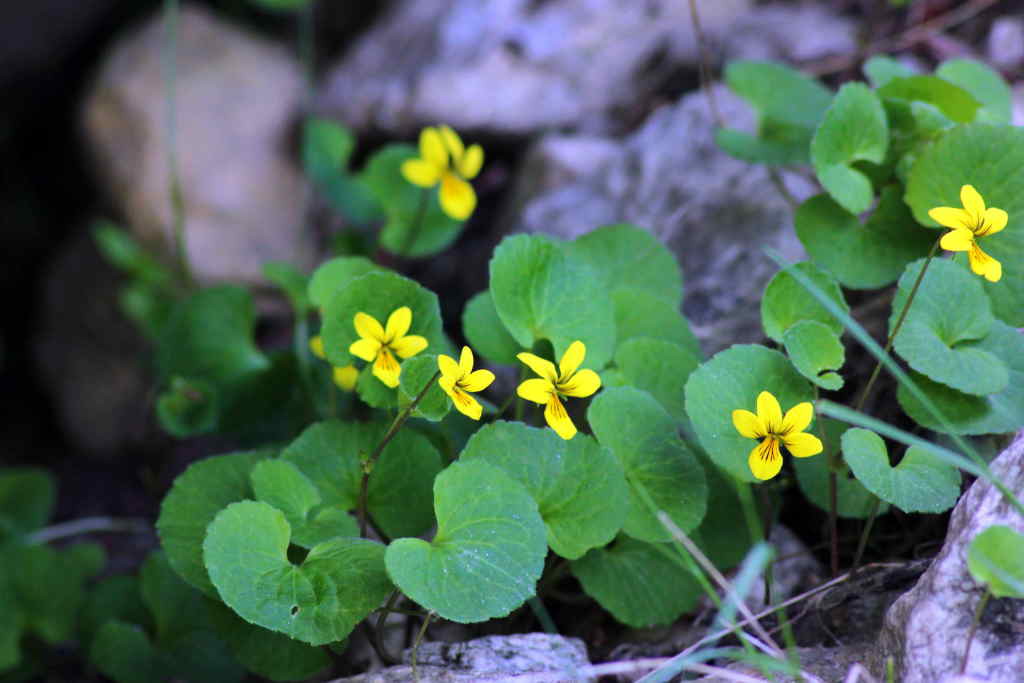
Viola biflora (Banapsha)
Viola biflora, commonly referred to as Banapsha, is a small, perennial herb native to the alpine and subalpine zones of the Great Himalayan National Park (GHNP). This delicate flowering plant, with its characteristic bright yellow blooms, is a lesser-known but vital member of the Himalayan medicinal flora.
Habitat and Distribution
Viola biflora typically grows at altitudes ranging from 2,500 to 4,000 meters, thriving in moist meadows, rocky crevices, and open alpine grasslands. Within the GHNP, it is commonly spotted in high-altitude meadows during the summer months, particularly along trekking routes like the Sainj Valley to Raktisar and Tirthan Valley to Hanskund.
Botanical Description
This herb belongs to the Violaceae family and is characterized by:
-
Heart-shaped basal leaves
-
Bright yellow flowers with two upper petals often marked with purple streaks
-
Short stems that grow close to the ground
The flowering season generally spans from May to August, depending on altitude and local climate conditions.
| Local name | Banafsha |
| Botanical name | Viola biflora |
| Family | Violaceae |
| Description and uses | It is an erect annual herb, upto 30cm high. Leaves reniform to broadly ovate, cordate, crenate, and glabrous to hirsute. Capsule oblong. The best season for flowering and fruiting is June to August and found occasionally in rock-crevices and amongst boulders, all valleys of GHNP at an altitude of 2400-4500m. The plant is used in the indigenous system of medicine, and is collected by the local people for sale. |
Medicinal and Traditional Uses
Like Viola serpens, Viola biflora (Banapsha) is known in traditional medicine for its anti-inflammatory, antipyretic, and expectorant properties. In Himalayan villages, it has been used to:
-
Soothe respiratory ailments like bronchitis and sore throats
-
Reduce fevers
-
Alleviate joint pain and inflammation
Local practitioners often dry the herb and brew it into a herbal infusion or decoction, valued for its gentle healing effects.
Conservation Concerns
As wild harvesting increases due to rising demand in herbal medicine markets, Viola biflora faces pressures in its natural habitat. The Great Himalayan National Park’s protected zones play a crucial role in conserving this species, but long-term survival also depends on promoting sustainable harvesting and community-led conservation.
Cultural Importance
In Himachali culture, Banapsha is often passed down in household remedies and considered a symbol of the healing power of nature. Some local festivals also incorporate Banapsha flowers into offerings and seasonal rituals.



